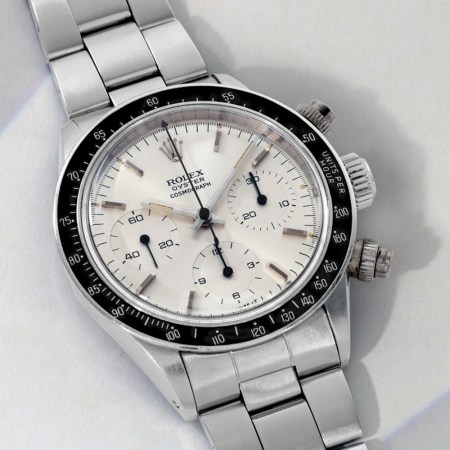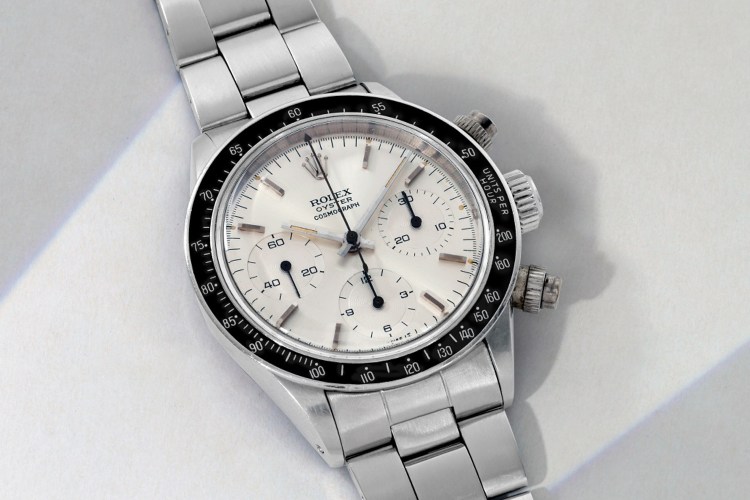Editor’s Note: RealClearLife, a news and lifestyle publisher, is now a part of InsideHook. Together, we’ll be covering current events, pop culture, sports, travel, health and the world.
Since the 1960s, it’s been understood that snow is positive. No, not like winter-wonderland positive, but positively charged.
Now, half a century later, researchers at UCLA invented a way to turn that phenomenon into useable energy. The technology is called Snow TENG (or snow-based triboelectric nanogenerator), and it’s “a small silicone sensor-generator that can harvest electricity directly from snow,” writes Fast Company.
“We know snow is willing to give up electrons, [so] we thought why not bring another material with the opposite charge to extract these electrons to create electricity,” Maher El-Kady, assistant researcher at UCLA, told the magazine.
The material that worked best was silicone. In tests, the team 3D printed it on top of a plastic electrode, “which could capture the static electricity harvested by the silicone.” But they say it could be turned into a waterproof spray, which could then be applied to all manner of objects. Solar panels came to mind first, as the spray could make them useful during all four seasons. El-Kady also envisions painting it straight onto buildings.
For now, Snow TENG’s output is minimal, but it’s only in the “proof of concept” phase. Once it’s optimized, El-Kady believes it “could produce solar-level power in just a year or two,” according to Fast Company.
Our two cents? Partner with researchers at the University of Minnesota Duluth.
Thanks for reading InsideHook. Sign up for our daily newsletter and be in the know.



















